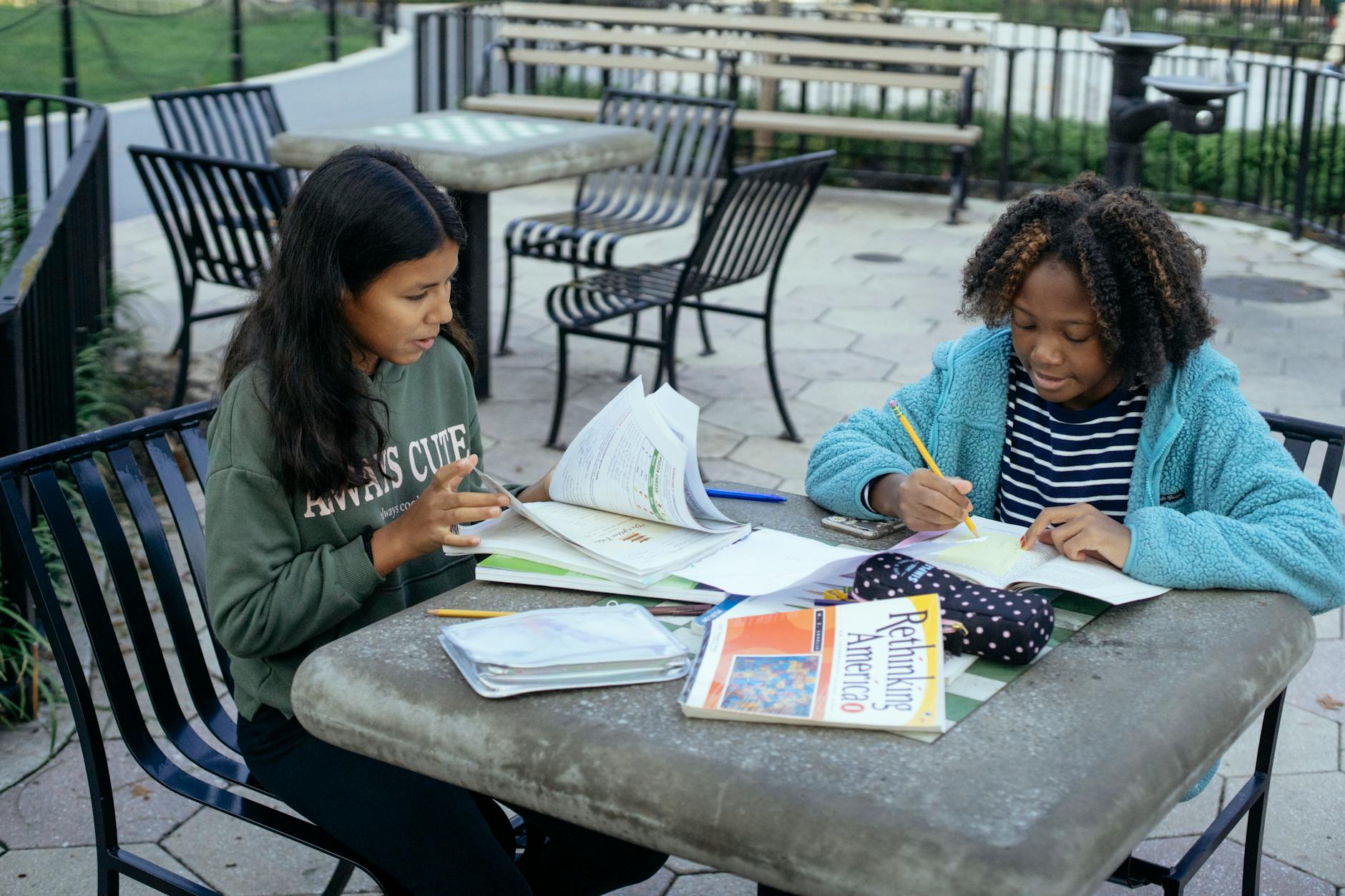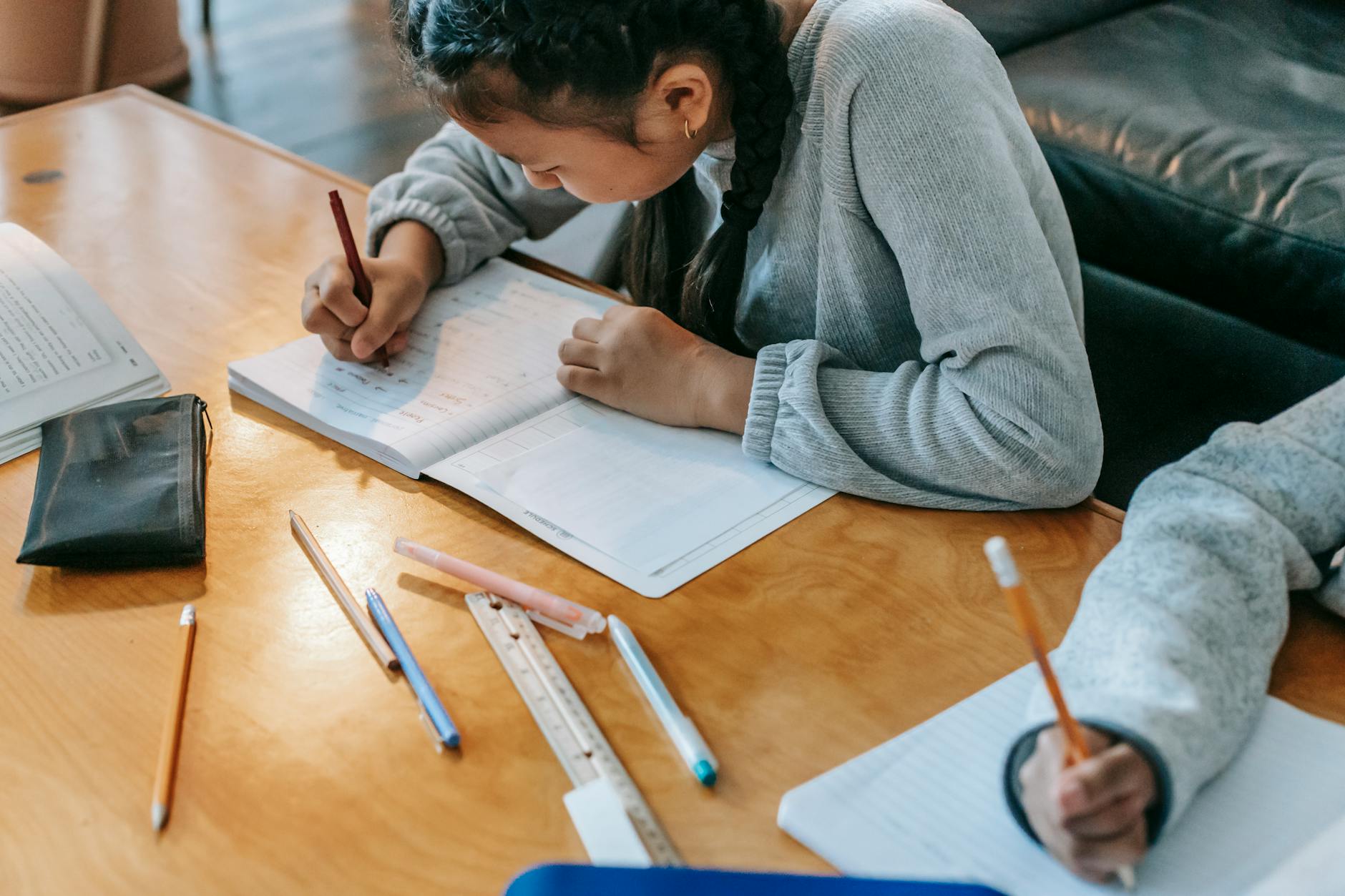Why Cooking Together Virtually Transforms Team Collaboration in the United States

The Virtual Cooking Experience
The joy of cooking within a virtual setup offers an engaging way to connect, much like attending diverse online craft classes. Creating a virtual kitchen requires a few essential steps. Firstly, ensure that your workspace is well-organized and equipped. Reliable internet and a laptop or tablet with a stable camera are crucial components for a seamless experience. You'll also want to prepare your area with essential utensils like knives, cutting boards, and mixing bowls.
Equally vital are the ingredients; having everything measured and ready allows you to focus on the process rather than the prep work. Incorporating local markets for fresh produce can lend an authentic touch to the cooking session. Imagine the effect of sourcing ingredients like fresh herbs or spices, adding a layer of novelty that can elevate a recipe.
As you follow step-by-step guides, consider it akin to a paint and sip nyc session, where creativity and fun go hand-in-hand. These guides provide fundamental cooking techniques, helping participants with varying skill levels engage successfully. One of the perks of this method is the ability to pause, rewind, or rewatch sections if needed, ensuring no detail is missed.
By using user-centered design principles to craft these virtual experiences, participants can enjoy engaging, efficient, and inspiring cooking sessions, much like the innovative workshops familiar to us at the design studios in Dumbo.
Benefits for Team Collaboration
Virtual experiences have brought a transformative twist to team collaboration, reshaping how connections are built and creativity is sparked. It’s essential to zero in on how these online activities enhance communication skills, build remote connections, and foster creativity among teams dispersed across different locales. Let's look into how these elements create a cohesive and innovative environment akin to those buzzing design studios in Dumbo.
Building Remote Connections
One of the noteworthy benefits of remote experiences is how they shatter geographical barriers. Imagine the opportunity for your team to engage in cooking classes nyc remotely, where team members can learn new skills together, irrespective of their location. Such shared experiences amplify team cohesion, bridging gaps and uniting individuals through common goals.
Enhancing Communication Skills
In a virtual environment, the enhancement of communication skills becomes paramount. It's comparable to the interactive tech meetups at Industry City, where attendees need to articulate their ideas concisely. Virtual team activities naturally prompt participants to communicate effectively, fostering clearer interaction and understanding among colleagues.
Fostering Creativity and Innovation
Lastly, these virtual sessions provide a fertile ground for fostering creativity and innovation. Think of them as a catalyst, much like the creative hubs at Brooklyn Navy Yard, where ideas are constantly flowing and innovation is key. By participating in a virtual pottery class san francisco, for instance, team members are encouraged to think outside the box, imbibing their projects with creativity and diverse perspectives, which benefit the collective team's growth.
Bridging Cultural Gaps
In the realm of creative experiences, sharing a kitchen often acts as a vibrant bridge, melding diverse cultures through the universal love of food. For those in design studios around Dumbo, the ability to "cook together" virtually can ignite inspiration and build unity among team members.
Exploring Diverse Cuisines Together
Imagine being part of a virtual team that dives into the depths of flavors from every corner of the globe. This isn't just about trying out new foods; it's a masterclass in appreciating the subtleties of different culinary traditions. It’s like attending those "paint and sip san francisco" sessions but with a global twist. Such experiences foster a profound knowledge base and respect for diverse cultures, transforming team dynamics.
Sharing Personal Culinary Traditions
Being in a team is much like molding a piece of clay; you bring together experiences and backgrounds to create something beautiful. Sharing personal culinary stories and recipes provides an opportunity to weave together different life experiences. Incorporating these activities is akin to attending "pottery classes chicago," where each piece of pottery tells its own story on how it was made. This sharing fosters empathy, transcending geographical barriers much like the interactions at tech meetups at Industry City.
Creating Inclusive Team Environments
A seamless integration of varied cultural elements within a team can often create the perfect environment for innovation. Think of it as crafting a user-centered design as a creative hub like Brooklyn Navy Yard would, where each cultural element is valued. This sense of inclusion promotes trust, driving collaboration effortlessly and enhancing the team's ability to navigate through complex projects.
Overcoming Challenges
Technical Difficulties and Solutions
When working with virtual experiences, technical issues are just part of the game. If you're caught in an unexpected hiccup during a virtual cooking class, fear not—here are some practical solutions. First, ensure a stable internet connection by positioning yourself close to the router or using a wired connection. Always test your microphone and camera settings before joining, especially if you're not familiar with the conferencing software. It's wise to have some basic troubleshooting steps on hand, such as restarting the application or computer.
Coordinating Different Time Zones
Balancing multiple time zones can seem like a daunting task, but a user-centered design approach makes it more manageable. Consider using digital tools like Google Calendar or Doodle polls to identify time slots that best accommodate everyone. Keep in mind that flexibility and advance planning can go a long way. Crafting a schedule that respects everyone's work-life balance ensures full participation and minimal stress.
Engaging Introverted Team Members
Introverts might not leap at the chance for group interactions, but there are subtle ways to draw them in. Employ methods like personalized check-ins or small-group discussions to make participation feel less intimidating. Designing the event with elements of experience gifts provides a safe space for quieter team members to express themselves through shared activities like pottery classes nyc. Gentle encouragement without pressure can lead to unexpected collaboration and a richer group dynamic.
These strategies offer insights into creating inclusive, effective experiences where everyone feels empowered to contribute.
Common Pitfalls in Virtual Cooking
Understanding Recipe Complexity
In the vibrant design studios in Dumbo, we thrive on creativity and experimentation, but misjudging the complexity of a recipe can curtail these ambitions. Designers, much like cooks, often use their intuition to assess workloads, yet in the virtual cooking sphere, this can be tricky. When we choose challenging recipes without gauging everyone's skill levels, we risk leaving some participants flustered and disengaged. It's like tackling a high-stakes project with an intricate UX flow without a cohesive plan. Always consider step-by-step guides and video resources to provide clarity for everyone involved.
Respecting Dietary Needs
Designing user interfaces requires empathy and attention to detail—qualities equally crucial in a cooking setting. Overlooking dietary restrictions can alienate team members, similar to neglecting accessibility needs in web design. Whether it's a tech meetup at Industry City or a digital cooking event, inclusivity is key. Let’s channel our inner UX designers to create an experience that’s adaptable, considerate, and delightful for everyone involved. A quick survey beforehand can gather vital information, helping you adapt recipes for those who are gluten-free, vegan, or have other dietary limitations.
Focusing on Participant Engagement
Without engaging participants like in creative hubs such as the Brooklyn Navy Yard, even the most innovative activities can fall flat. It's not unlike a design presentation that fails to engage stakeholders—deeply involving every team member is vital. Incorporate user-centered design principles by inviting feedback and encouraging everyone to share their thoughts. This fosters a sense of inclusion and creativity, making each virtual cooking session as engaging and dynamic as our most successful design workshops.


